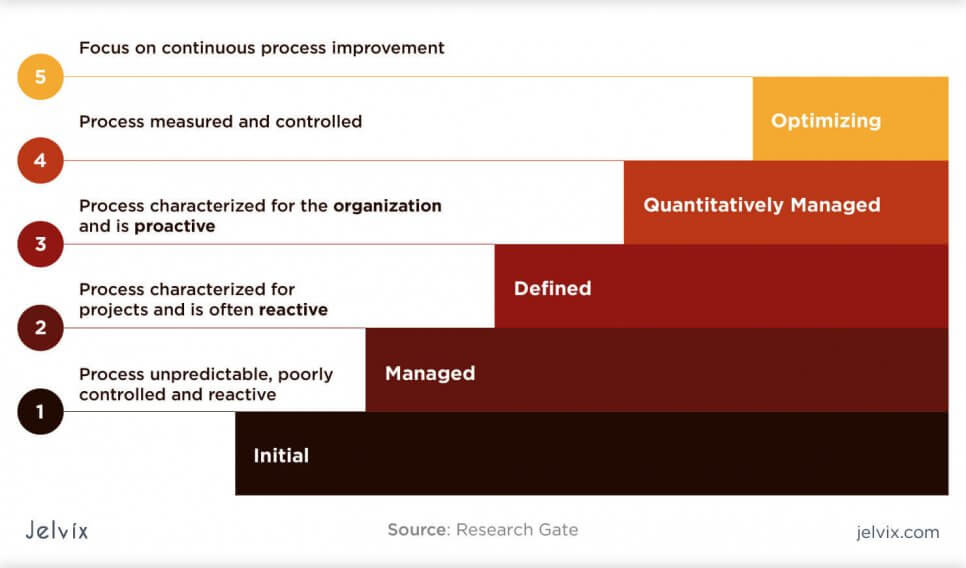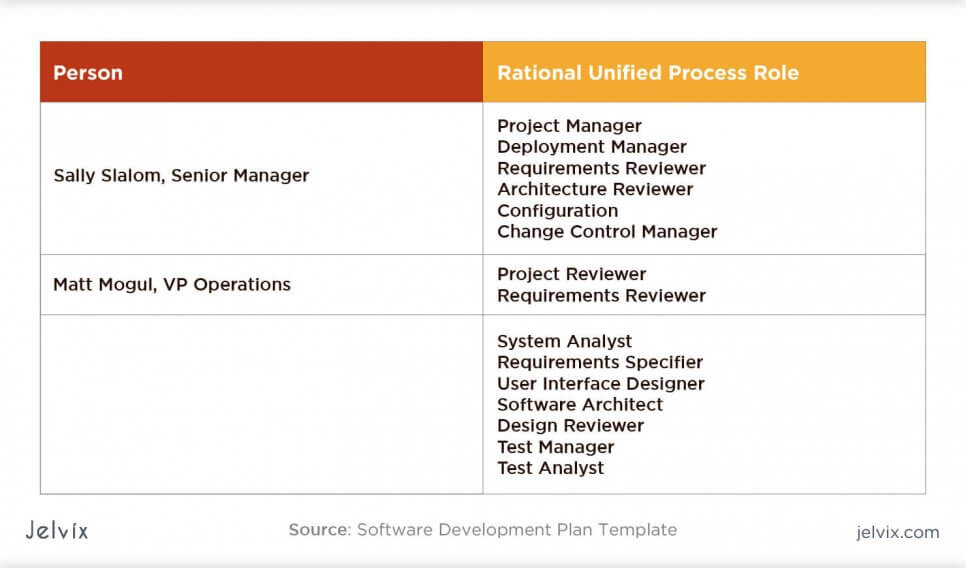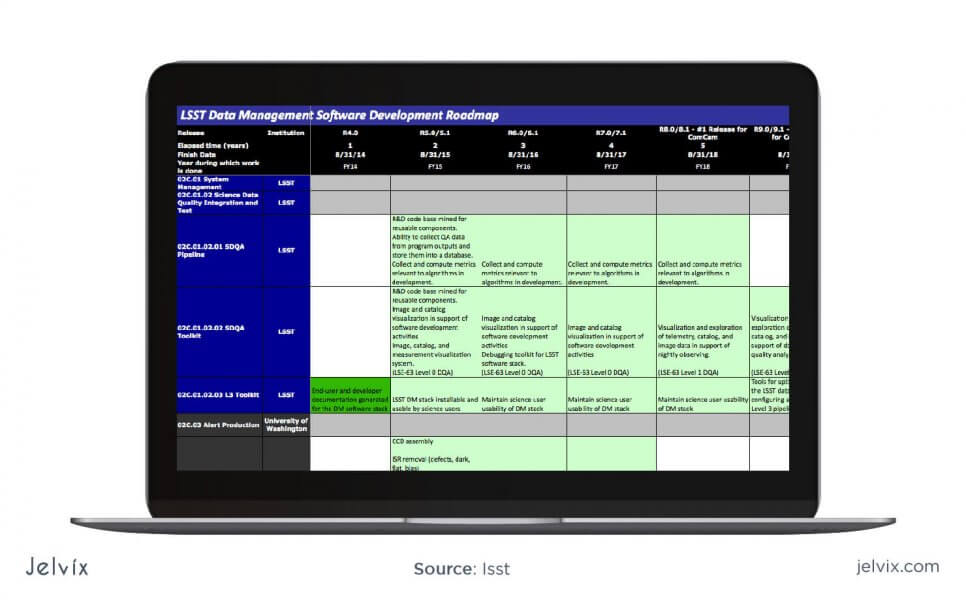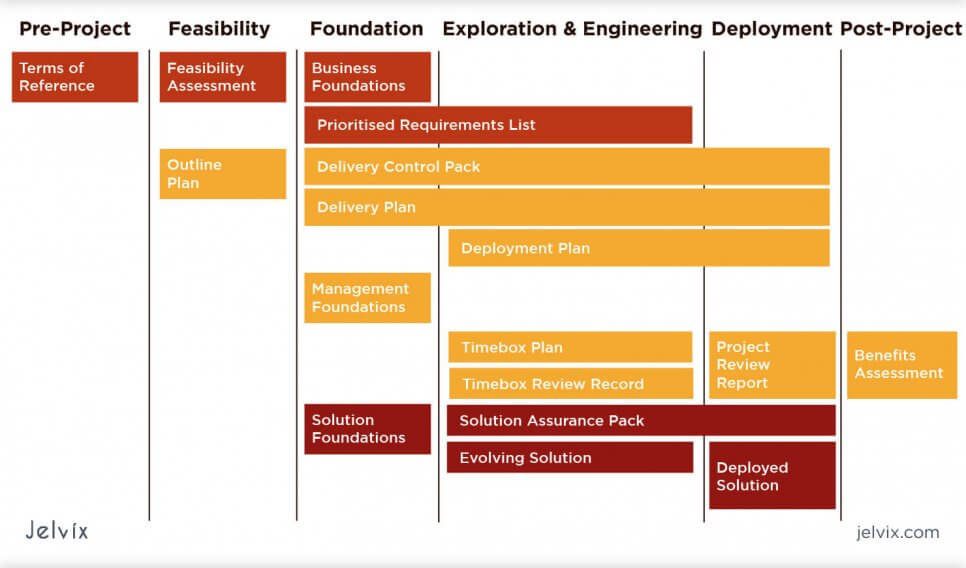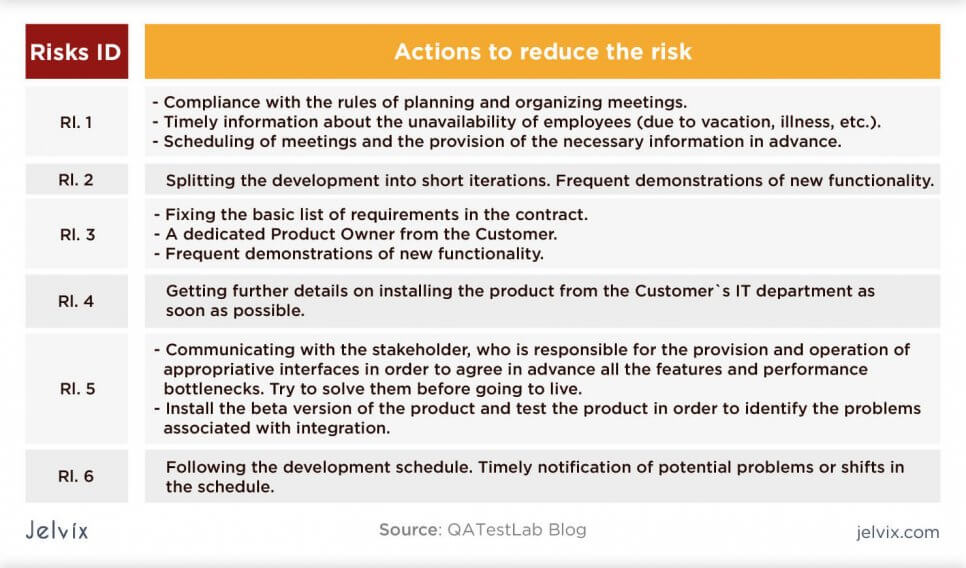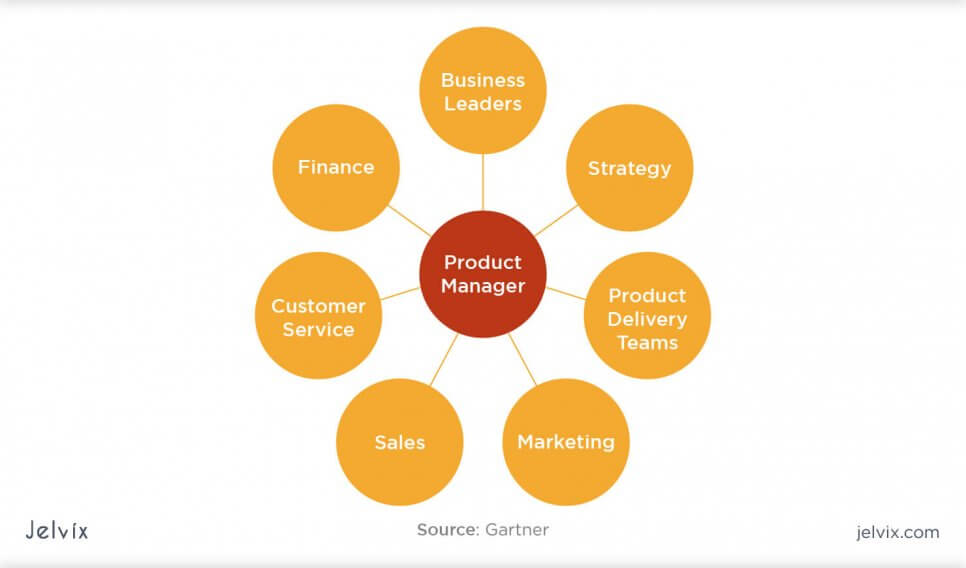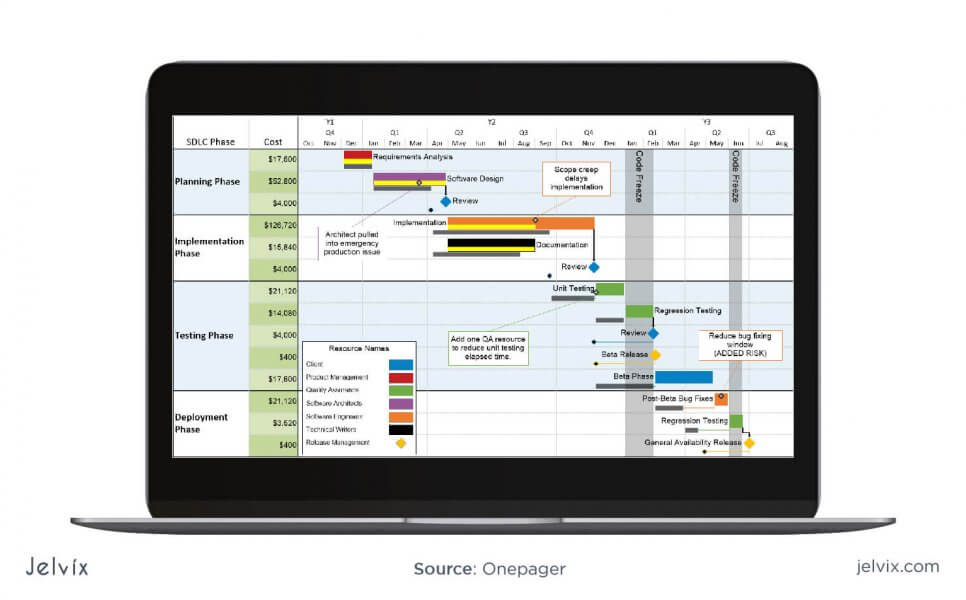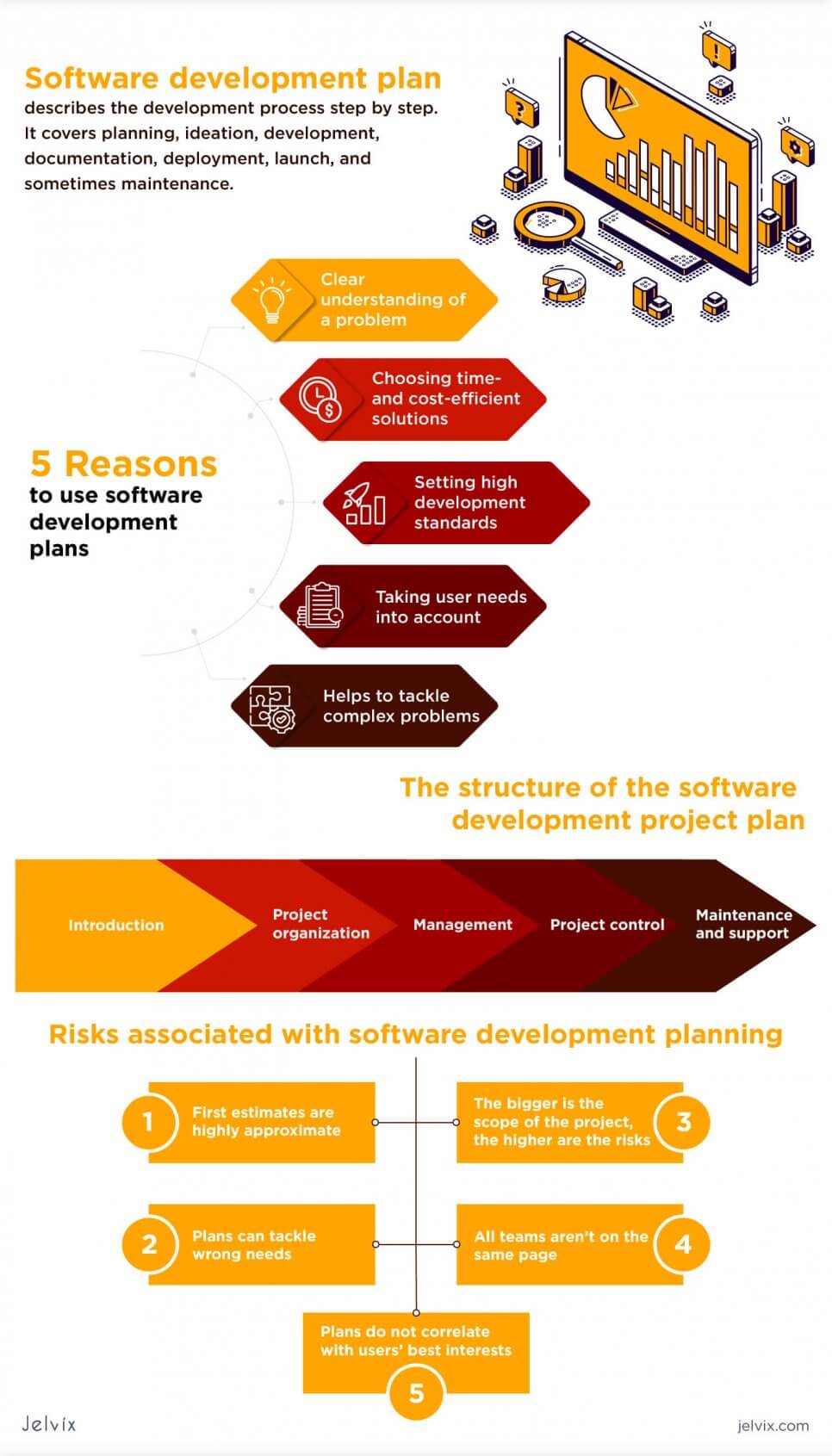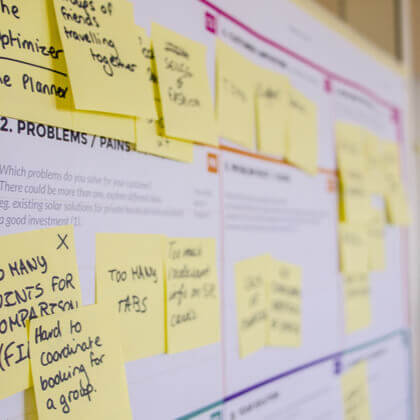How to create software that will be popular among the targeted audience? Start with a plan. A software development plan describes the development process step by step. It covers planning, ideation, development, documentation, deployment, launch, and sometimes maintenance.
What’s a software development plan?
Software development project plans allow product owners, stakeholders, and developers to optimize development. The goal of a software development plan is to provide clear answers to the following questions:
- Which functionality is chosen to solve this problem?
- Which tasks need to be formed to develop the described functionality?
- What is the order of the feature development?
- Who is involved in the project?
- How is responsibility divided among the team members?
- What are the expected dependencies in the product?
- What quality metrics will define the project’s efficiency and the product’s quality?
If there’s a conflict or a team hits a dead end, they should be able to return to the development plan and find a solution to their concerns. Preventing miscommunication and organizing the process is the main meaning of the SDP.
How to create a software development plan
What are the steps of the development process for a software project? First, you need to get all project participants on the same page to write it. To discuss the plan’s structure and main points, you can organize remote meetings via Zoom or Skype.
After the whole team discusses preferences regarding the plan’s contents, assign a responsible manager who will take responsibility for the plan’s completion. Usually, at this stage, business analysts and project managers carry the most responsibility for the document.
The structure of the software development project plan
The first step in writing a software development plan is establishing its key components. In this part, we will examine the sections of a typical software development plan and give you a checklist of their contents with a sample of software development project plans.
Introduction
This section describes the purpose of the software development project and product. Your goal is to define which type of development the document describes, finalize the product’s overall concept, and your team’s main expectations.
- The project description: Here, we detail the product’s core concept, including its main functions and purpose.
- The project needs: This section refers to business and functionality objectives;
- Abbreviations: A reference list of all abbreviations, acronyms, and special symbols used throughout the document.
Project organization
A software development plan should depict the team’s structure, assign the project managers, and describe their responsibilities in detail. You can create a table with all project participants and describe their functions in detail—here’s an excerpt from a software development planning template.
In this section, the team should describe any involved external groups – other teams and experts that developers will interact with. Typically, a software development project involves the following groups:
- Testing/QA. If testers don’t cooperate with developers at the beginning stages or participate actively in ideation and research, it’s better to refer to them as an external group rather than all-time participants.
- Deployment. A software development plan should give detailed information on where operation teams come in and their responsibilities. It should also describe how developers and deployment specialists interact in their respective areas of expertise.
- Marketing: Marketing specialists must join a software development project at the initial and final stages. A plan should assign a go-to marketing expert, whom developers can contact at any point in the project.
- Security Specialists: They step in to handle security audits, fix vulnerabilities, and ensure the software meets security standards. The plan should specify when and how security experts are engaged.
- Legal and Compliance: Their job is to ensure the software follows regulations like GDPR or HIPAA. The plan outlines their involvement during key phases, ensuring all compliance checks are integrated into the development process.
- Customer Support: Though mainly post-launch, they should be involved early to help predict user needs and improve design. The plan details their responsibilities in gathering feedback, etc.
- Sales: Sales teams bring insights into customer pain points and market trends. The sales team’s role in the plan includes offering insights on customer pain points and market trends.
- DevOps: DevOps automates processes and ensures smooth integration between development and deployment teams.
The project organization section allows teams to increase transparency. All participants know who works on the project and are aware of everybody’s responsibility. If there’s a bottleneck, you’ll have no issues tracing the responsible team member.
Management
This section of a software development plan describes the stages of the software development project, estimates the workload, and provides estimates.
- Estimates: The predicted duration and cost of the project should be backed up with the team’s reasoning and circumstances for potential re-estimation.
- Project plan: The plan states an approximate schedule, the project’s main stages, and available resources.
- Development phases: A project plan provides only a general description of the development process. You can describe each phase individually in more detail. A team specifies its duration, objectives, and required resources for every phase.
- Objectives: Each phase and product iteration should be driven by clear goals. Make a list of objectives for every stage of product development. The product owner and the development team should keep these objectives realistic and clear to all project participants.
- Release plans: The team can give an estimate of the expected release date and specify its status (beta-, demo, alpha, etc.).
- Resourcing: This section describes available and unavailable skills, hardware, and software. Individual resourcing sections should be created for each stage.
The management section of a software development plan should be constantly revisited throughout the project. The team’s estimates, resources, and deliverables will likely change, and software development plans should reflect these shifts. However, it’s crucial to keep the first version of the document intact so stakeholders can always point to the initially planned objectives.
Read more about the most common software development strategies and take a look at benefits and drawbacks.
Project control
This section describes the actions and approaches that the team and stakeholders will take to oversee the quality of the project and the team’s efficiency. It’s important to define your metrics beforehand so all members know what they agree to. Here’s a checklist for planning project monitoring and a software development plan example.
- Compliance with requirements: The software development team should offer strategies and tools to control the product’s correspondence to requirements, including user, business, functional, non-functional, and other software development requirements.
- Budget and schedule monitoring: You must set up time and budget constraints. If there’s a threshold the team should be aware of, it’s best to notify everyone at the beginning of the project. Describe which tools you will use to ensure cost-efficient resource allocation.
- Quality assurance: Most development teams have their own tech stacks for code quality control. They should specify which tools they will use and give the product owner real-time access to all the reports.
- Management: The project manager should have a strategy for updating stakeholders on the team’s methodology, cooperation approaches, and communication methods.
- Risk prevention: The team should describe which tools and methodologies were used to evaluate the project risks.
- Finalization: A software development plan should include a clear definition of done—a set of conditions that a product or feature should meet to be considered complete.
- Problem-solving: The management section should offer step-by-step algorithms for resolving conflicting situations. The team should offer a list of tools, deliverables, metrics, and mediators—all the people and tools that will be involved in resolving an issue.
- Improvement plan: The team should describe when they revisit strategies established in the plan and which improvements they will focus on throughout the project.
Maintenance and support
After the development process is finalized, the cooperation between developers and the product owner rarely ends. Technical assistance will likely be required throughout the entire lifecycle of the product. A trustworthy software development partner understands this and documents this process in a software development plan – long before starting the project.
A detailed plan for maintenance, support, and documentation practices allows product owners to avoid vendor lock-in. The software development team should describe the information and assistance they will provide to the owner.
- Testing: if a team handles QA and testing as well, ask them to provide a separate plan;
- Tech debt: Developers should be held accountable for technical issues found in their code. A development provider must describe ways of handling tech debt and code quality control.
- Documentation: The development team guarantees the delivery of particular documentation (including a full list with all the documents).
- Maintenance and future releases: A software development plan can describe post-release cooperation between the product owner and the vendor.
Setting up a precise algorithm for further project support ensures its long-term viability and scalability.
Risks associated with software development planning
Obviously, things can go wrong as early as the planning stage. Some aspects of development can’t be objectively defined before the team actually starts working on the project, whereas others require experience. If you’ve never written a software development plan, consider these most common risks. In our experience, these issues typically sabotage planning – but the good news is that most of them can be avoided.
First estimates are highly approximate
A software development team should emphasize that cost and time estimates are not 100% certain. If a vendor promises to deliver everything at a definite time and on a budget, chances are these experts lack experience in planning. A trustworthy team always takes margins of error into account.
The bigger the scope, the higher the risks
The size of the project is another crucial aspect that influences the success of a plan. When a team is preparing documentation for large-scale projects, they only see a bird-eye view of the project. The more stages there are in the project, the more bottlenecks can occur. A dead-end in one development phase will cause a delay in another one. It’s a natural process that needs to be taken into account.
Plans can tackle wrong needs
A software development plan has to be revisited constantly. When developers and business analysts create software development plans, they still lack a full understanding of project specifics. During projects, the team’s and owner’s vision of the project can change dramatically. It’s necessary to rewrite a software development plan and make sure it always suits the latest project needs.
Plans do not correlate with users’ best interests
Never skip user research and direct communication. Defining your target audience and talking to potential clients is the key stage of successful software development planning. If the project’s scope and requirements don’t undergo user validation, you risk developing an irrelevant solution.
All teams aren’t on the same page
If a software development team cooperates with external teams, they should also be included in the software development planning process. Ideally, the goal is to organize a meeting where all internal and external members are present. Having at least 1-2 common calls will help you keep everyone in the loop and understand their product development vision. Getting everyone up to the same speed early on will help avoid conflicts and miscommunications at the later stages.
Best practices for creating a software development plan
To succeed in software development planning, you must follow standard best practices. They are very feasible – you won’t need much time to incorporate them into your cooperation, but in the end, these details will make a difference.
The work is broken down into modules
Creating the entire plan in one sitting is impossible. You will need to break the process down into manageable chunks. We suggest using a module system: define each section as a module and assign responsible team members. Set a deadline for each module and ensure that all teams are transparent about their work scope.
Research is shared real-time
Research is an indispensable process during software development planning. The results of market research, user reviews, focus group interviews, and analysis of similar projects should be available to all team members in real time. If there are updates, all members must receive them simultaneously.
The plan is constantly revisited and modified
Software development planning is an ongoing process. The scope of priorities for software development is constantly evolving. Software development has to be relevant, which is why the team needs to revisit it on a regular basis. Be sure to keep the previous versions as well, just in case there’s a dispute during the project. You can use color codes to keep track of different versions—take a look at software development plan examples.
The team asks for users’ opinions
After the feature has been defined as done, a team has to test it on actual users. The findings should be reflected in a software development plan. Interactions with users might inspire the team to shift focus from one developmental approach to another or highlight a need to acquire new resources. All these changes have to be documented in the plan.
Conclusion
Software development planning is just as impactful as the development itself. It sets a foundation for your product’s success and allows the team to introduce stakeholders to their methods, methodologies, and standards. It’s a long-term investment: a software development plan will be one of your main documents for years. You can even reuse approaches in other projects and products.
At Jelvix, we take software project planning seriously. Our goal is to provide clients with objective project estimates and risk evaluations, cooperate with potential users, and define tangible metrics for evaluating project success. Our business analysts and project managers would be happy to share their insights—just send us a brief description of your project’s scope.
Need help?
Use our talent pool to fill the expertise gap in your software development.



